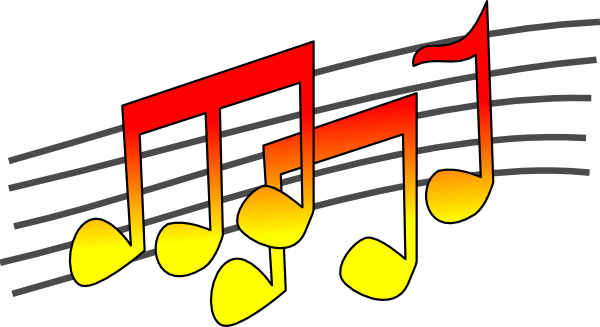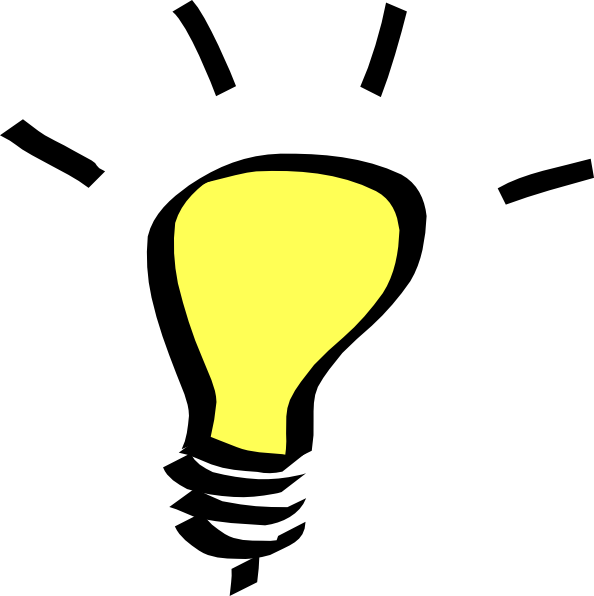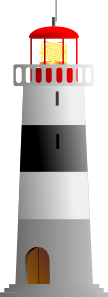Theremin
Creation of an electronic musical instrument controlled without physical contact by the performer. Sounds are produced by the movements of performer’s hand around the instrument.
The Theremin is an electronic musical instrument controlled without physical contact by the performer. It is named after its inventor, Leon Theremin, who patented the device in 1928.
Topics:
1. ICT (programming, connecting physical and digital world through the use of sensors, loops, conditional statements, boolean logic)
2. Physics (electrical circuit making, understanding what a beat is, volume, sound waves)
3. Maths (use of variables, translating music into mathematics,)
4. Arts(music: learning to create music through altering tone and pitch, electronic musical instrument, various musical instruments, description, characteristics, emotions, uses)
5. History(facts, the story of the development of the theremin project, important dates and names, inventors, the era it represents)
6. Language and Literature(brainstorm, discuss and answer various questions develop reports, present, i.e. the use of the theremic project now and then)




